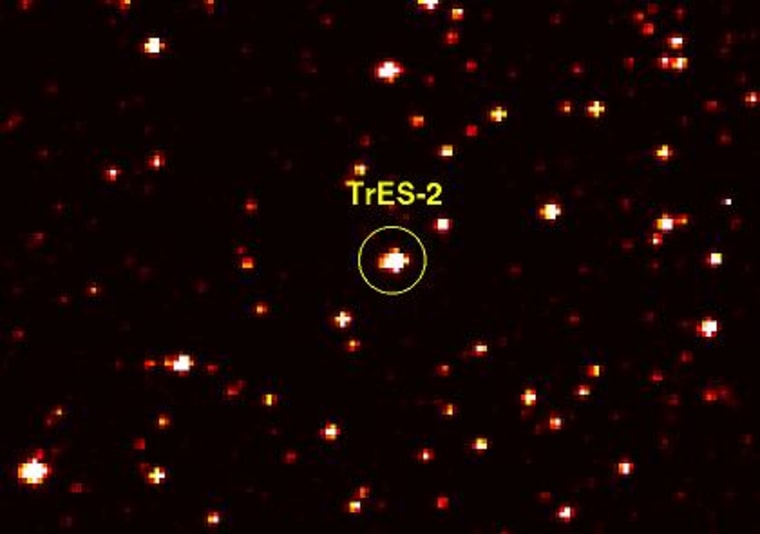NASA's new planet-hunting telescope has beamed back the first images of a patch of faraway sky in the Milky Way galaxy where it hopes to find Earthlike planets.
NASA on Thursday released several images snapped by Kepler earlier this month, including a view of a distant part of our galaxy containing some 14 million stars. Scientists say more than 100,000 of those stars are potential candidates for research.
Launched in March, Kepler will spend three and a half years studying these stars in search of small, rocky planets. The $600 million mission will begin searching after engineers tune up Kepler's science instruments in the next few weeks.
The images unveiled Thursday are part of the calibration process, and hint at a flood of data yet to come.
"Kepler's first glimpse of the sky is awe-inspiring," Lia LaPiana, Kepler's program executive at NASA Headquarters in Washington, said in a statement from the space agency. "To be able to see millions of stars in a single snapshot is simply breathtaking."
One new image from Kepler shows its entire field of view — a 100-square-degree portion of the sky, equivalent to two side-by-side dips of the Big Dipper. The regions contain an estimated 14 millions stars, more than 100,000 of which were selected as ideal candidates for planet hunting.
Two other views focus on just one-thousandth of the full field of view. In one image, a cluster of stars located about 13,000 light-years from Earth, called NGC 6791, can be seen in the lower left corner. The other image zooms in on a region containing a star, called TrES-2, with a known Jupiterlike planet orbiting every 2.5 days.
"It's thrilling to see this treasure trove of stars," said William Borucki, science principal investigator for Kepler at NASA's Ames Research Center at Moffett Field, Calif. "We expect to find hundreds of planets circling those stars, and for the first time, we can look for Earth-size planets in the habitable zones around other stars like the sun."
This report includes information from The Associated Press and NASA.
